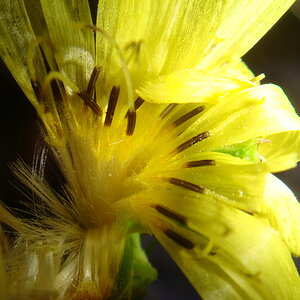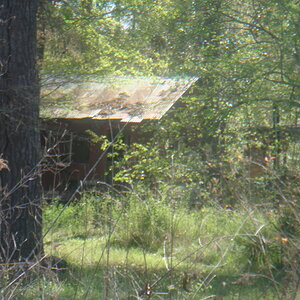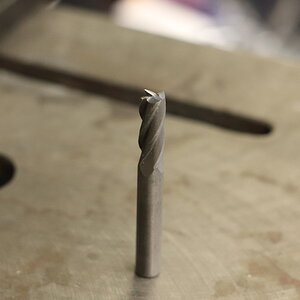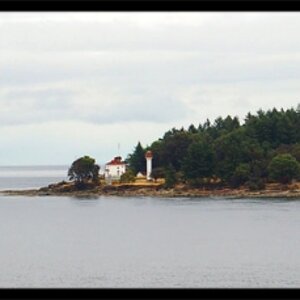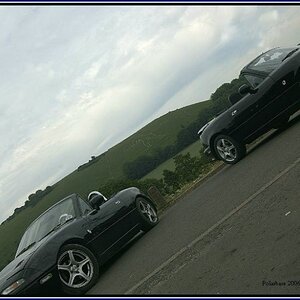sergezap
TPF Noob!
- Joined
- Mar 3, 2017
- Messages
- 91
- Reaction score
- 51
- Location
- Belarus
- Can others edit my Photos
- Photos NOT OK to edit
Actually, not. Curved reflectors it's just a new marketing mambo-jumbo like a parabolic umbrellas/octoboxes.Just a thought on the curved reflector for a semi circular catchlight in the lower eye. The painting masters used to lighten the lower part of the iris on the theory that the brow shadowed the upper iris making it darker and the lower iris was illuminated by the light that was usually higher than the subject. I wonder if that is what the curved reflector is trying to emulate and provide fill at the same time. I have never heard it advocated for that, but just a thought.
If you want eyeballs looks 3 dimensional, you need the proper general lighting and some pp kung-fu.


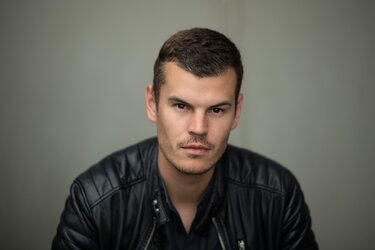

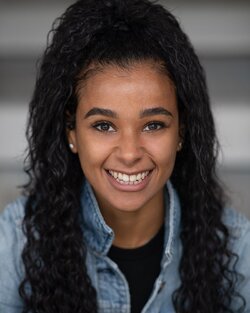
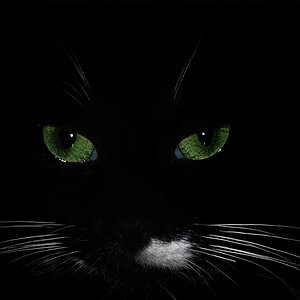
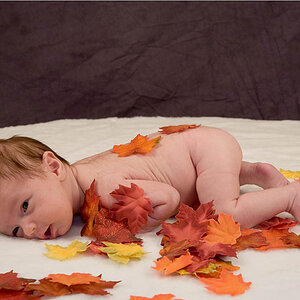
![[No title]](/data/xfmg/thumbnail/36/36395-66eaff4565ecf4245f13a9c469a9273b.jpg?1619737548)
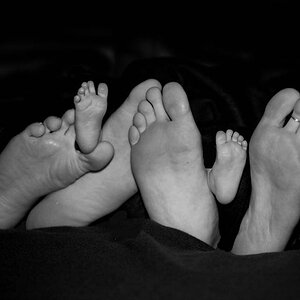
![[No title]](/data/xfmg/thumbnail/39/39187-9ec2507d9e5ef2843f7f00127c7abb4c.jpg?1619738905)
![[No title]](/data/xfmg/thumbnail/39/39186-88f5235eacfd57deab14674ccf8e7f0a.jpg?1619738905)
